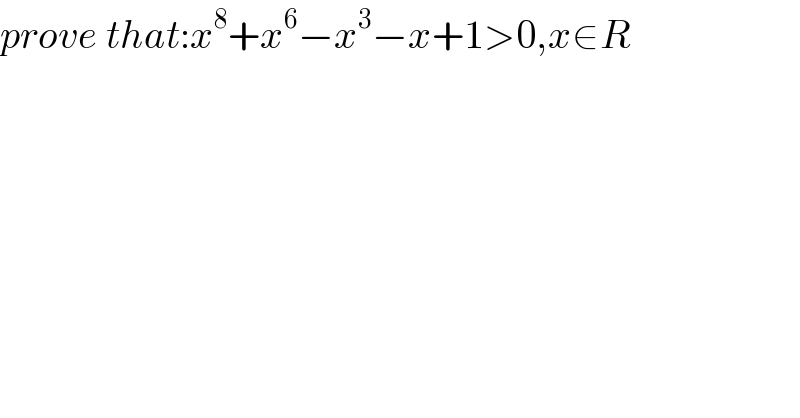
Question and Answers Forum
Question Number 161295 by Ari last updated on 15/Dec/21

Commented byAri last updated on 15/Dec/21
thanks Mr!
Commented bymr W last updated on 15/Dec/21

| ||
Question and Answers Forum | ||
Question Number 161295 by Ari last updated on 15/Dec/21 | ||
 | ||
Commented byAri last updated on 15/Dec/21 | ||
thanks Mr! | ||
Commented bymr W last updated on 15/Dec/21 | ||
 | ||